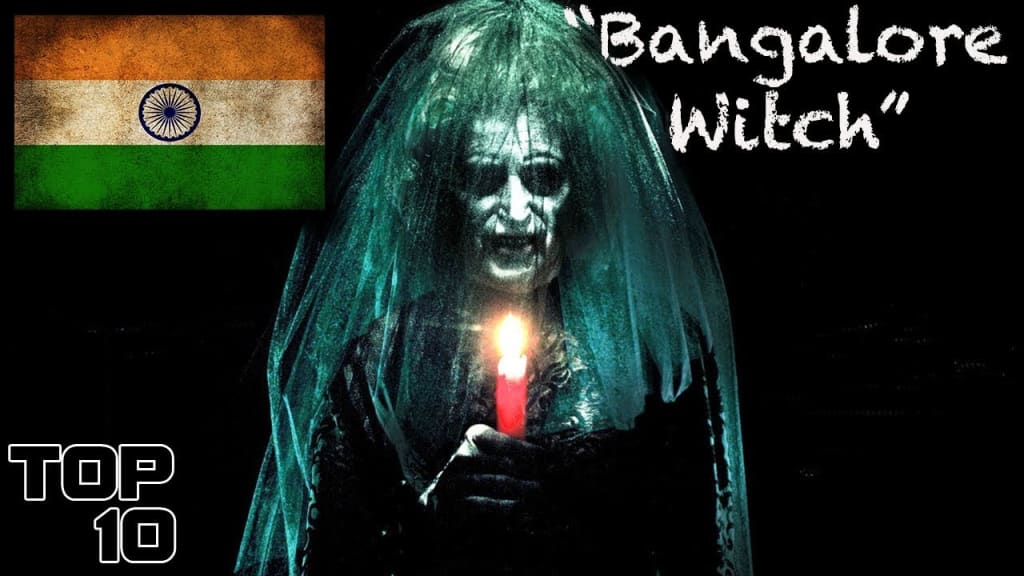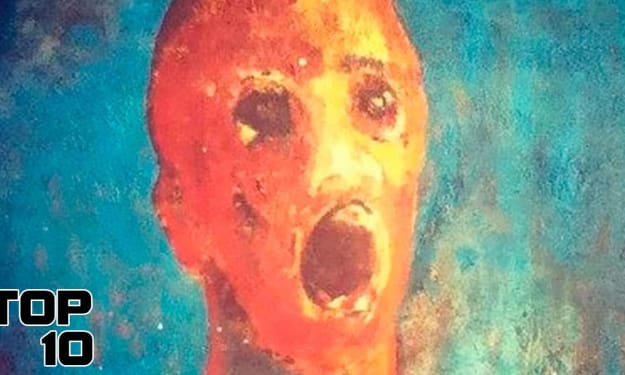10 Indian Urban Legends That Are So Scary, You'll Never Sleep Alone Again
Don't Read These Indian Urban Legends If You're Afraid of the Dark

India is a country with a rich history and culture, and its urban legends are no exception. These stories are often passed down from generation to generation, and they can be both scary and entertaining.
Here are 10 of the scariest Indian urban legends:
The Chudail: The Chudail is a female ghost who is said to haunt graveyards and other places of death. She is often depicted as a hideous creature with long, sharp nails and teeth. The Chudail is said to prey on children and young men, and she is often blamed for unexplained deaths.
The Rakshasa: The Rakshasa is a demon-like creature that is said to live in the forests of India. Rakshasas are said to be incredibly strong and violent, and they are often depicted as having multiple heads and arms. Rakshasas are said to eat human flesh, and they are often blamed for attacks on travelers and villagers.
The Jhinuk: The Jhinuk is a bird-like creature that is said to live in the Himalayas. Jhinuks are said to be incredibly intelligent, and they are often depicted as being able to shapeshift into human form. Jhinuks are said to
be tricksters, and they are often blamed for misfortune and bad luck.
The Vetala: The Vetala is a vampire-like creature that is said to inhabit corpses. Vetals are said to be incredibly strong and fast, and they are often depicted as having sharp claws and teeth. Vetals are said t
o prey on the living, and they are often blamed for unexplained deaths.
The Bhoot: The Bhoot is a ghost that is said to haunt houses and other buildings. Bhootas are often depicted as being transparent, and they are said to be able to move through walls and other solid objects. Bhootas are said to be malevolent creatures, and they are often blamed for causing disturbances and accidents.
The Pishaach: The Pishaach is a demon-like creature that is said to live in the water. Pishaaches are said to be incredibly strong and dangerous, and they are often depicted as having sharp claws and teeth. Pishaaches are said t
o prey on swimmers and boaters, and they are often blamed for drownings.
The Daayan: The Daayan is a witch-like creature that is said to live in forests and other remote areas. Daayans are said to be incredibly powerful, and they are often depicted as being able to cast spells and curses. Daayans are said to prey on children and young men, and they are often blamed for unexplained deaths.
The Gandharva: The Gandharva is a mythical creature that is said to live in the heavens. Gandharvas are said to be incredibly beautiful, and they are often depicted as being able to play musical instruments and sing. Gandharvas are said to be tric
ksters, and they are often blamed for causing disturbances and accidents.
The Apsara: The Apsara is a mythical creature that is said to live in the heavens. Apsaras are said to be incredibly beautiful, and they are often depicted as being able to dance and sing. Apsaras are said to be seductive
creatures, and they are often blamed for causing men to lose their minds.
The Yaksha: The Yaksha is a mythical creature that is said to live in the forests and mountains of India. Yakshas are said to be incredibly strong and powerful, and they are often depicted as being able to shapeshift into human form. Yakshas are said to be guardians
of treasure, and they are often blamed for causing misfortune and bad luck.
These are just a few of the many scary Indian urban legends that are told and retold throughout the country. These stories are often passed down from generation to generation, and they can be both scary and entertaining. Whether you believe them or not, they are a part of Indian culture and history.
About the Creator
Enjoyed the story? Support the Creator.
Subscribe for free to receive all their stories in your feed. You could also pledge your support or give them a one-off tip, letting them know you appreciate their work.






Comments
There are no comments for this story
Be the first to respond and start the conversation.